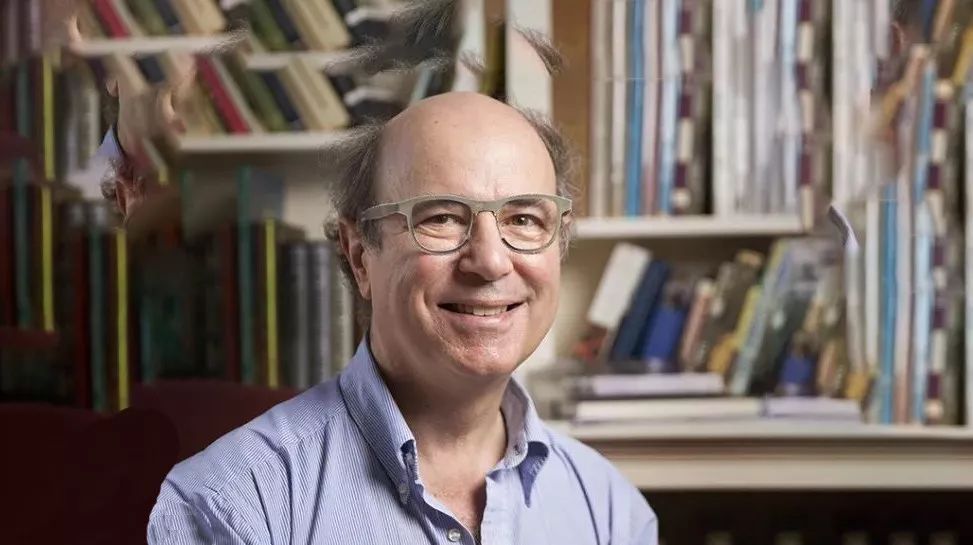Von Neumann provided a rigorous, detailed design for a system of this kind operating within a recognizable simplification of the real world. Technically, it would be a cellular automaton within a bath of randomly scattered pieces that it can scavenge for parts. Exploiting modern technologies, you could in principle elaborate on his designs to make a hybrid 3D printer/computer system that collects material to build something you want plus a copy of itself. It wouldn’t be hard to incorporate life’s other secret ingredient-that is, variation—either by deliberate programming or by loose quality control.
A system built with off-the-shelf 3D printers, computers, and the materials they require would be unwieldy and inefficient, to be sure. But as scientists master the art of making molecular machines according to plans encoded in DNA, von Neumann’s vision will get closer to practicality. It’s worth remembering that his early computer designs, which date from the era of vacuum tubes, likewise outstripped available technology.
Self-reproducing machines could unleash the power of exponential growth, thus enabling audacious engineering projects. They might bring the science-fiction dream of terraforming astronomical bodies within reach. Most profoundly, by embodying biology’s deep structure, they would blur the distinction between life and non-life.
Frank Wilczek
弗兰克·维尔切克是麻省理工学院物理学教授、量子色动力学的奠基人之一 。 因发现了量子色动力学的渐近自由现象 , 他在2004年获得了诺贝尔物理学奖 。
本文经授权转载自微信公众号“蔻享学术” 。 本文纸质版发表在《环球科学》2021年10月刊 , 编辑:黄琦 。
推荐阅读
- 科学|中阳县北街小学:体验科学魅力
- 牛上|英媒文章:2021年最有趣的科学发现
- 曹志兴|90后教授曹志兴:最一流的基础科学来源于好奇心
- 审判|直接服务“三城一区”主平台,怀柔科学城知识产权巡回审判庭成立
- 生物地球化学过程|我国科学家发现第五条甲烷产生途径
- 孩子|“双减”后 科学实践课如何做好“加法”
- 生命科学学院|科技馆内感受科技魅力
- 牙膏管|太空跨年是什么体验?航天员在太空也能吃到家乡美食?| 科学密探
- the|美CDC缩短新冠隔离时间被指从遵循科学变成了遵循CEO们的意见
- 抗体|六大科学突破闪亮二〇二一







